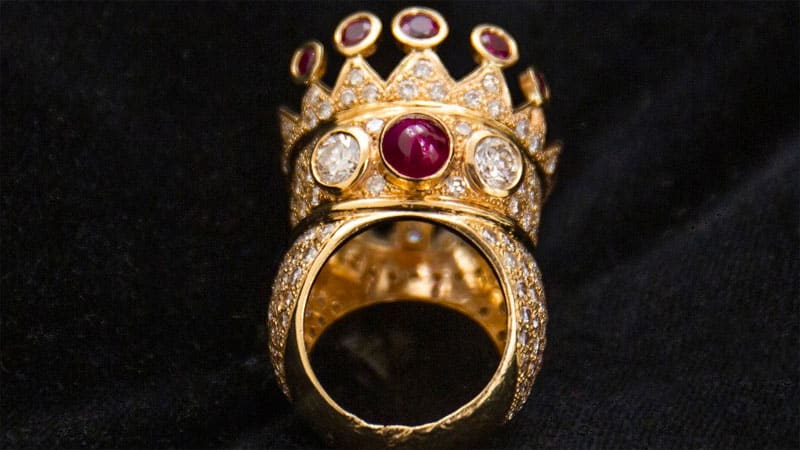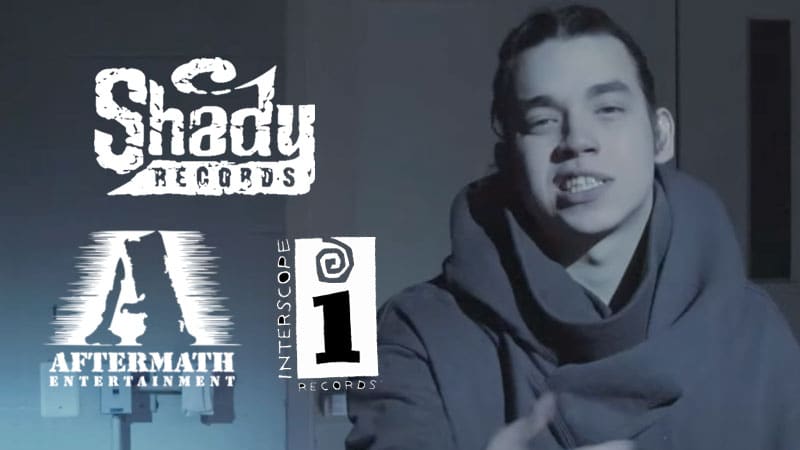Auction house celebrates hip hop’s milestone 50th anniversary
To celebrate hip hop’s milestone 50 year anniversary, Sotheby’s presents its third dedicated hip hop sale, highlighting the genre’s profound impact on art and culture across five decades, from its inception in the South Bronx in 1973 through today. Featuring original art, historic studio equipment, sneakers and jackets, archival flyers and posters, rare artifacts, and more, the auction spotlights the iconic artists and trailblazers who defined not only the musical genre as we know it, but also the global phenomenon of hip hop culture spanning art, fashion and much more, including Tupac Shakur, Wu-Tang Clan, Nas, Ice-T & Afrika Islam, Fab 5 Freddy, Big Daddy Kane, Futura, Lee Quiñones, UNKLE & Mo’ Wax Founder James Lavelle, among many others. The sale will be presented in collaboration with entertainment company Mass Appeal, which throughout the year has curated an array of programming as part of its Hip Hop 50 initiative.
Leading the auction is Tupac Shakur’s Self-Designed Gold, Diamond and Ruby “Crown” Sovereign Ring, designed to perfection by the artist himself and engraved with “Pac & Dada 1996,” referencing his recent engagement to sweetheart Kidada Jones (estimate $200/300,000). Worn during Tupac’s final public appearance at the MTV Video Music Awards in 1996, the ring is on offer from Yaasmyn Fula, the artist’s godmother and staunch supporter, who was one of Tupac’s most trusted advisors with all of his most important matters, including commissioning a new piece of jewelry to commemorate his achievements and usher in a new era of prosperity.
In keeping with Sotheby’s two prior auctions dedicated to hip hop, the majority of the sale is once again consigned directly from the artists or artist’s estates. This year’s auction is once again organized in collaboration with Monica Lynch, former president of Tommy Boy Records (1981-1998).
To commemorate the anniversary, Mass Appeal’s Hip Hop 50 is celebrating the culture through unique storytelling, realized in timeless content, original music, live experiences, strategic partnerships and more, including Hip Hop Conscious, Unconscious, an exhibition at Fotografiska; Park Jams: A Juneteenth Celebration at SummerStage in Central Park; Hip Hop Til Infinity, an immersive exhibition at Hall des Lumières this July, a star-studded Hip Hop 50 Live concert at Yankee Stadium this August headlined by Run DMC and many other legendary rap artists, and more.
The hip hop online auction will open for bidding from July 18-25. A dedicated exhibition will be on view in Sotheby’s York Avenue galleries from July 18-24.
The artist’s custom crown engagement ring is an exceedingly rare piece of Tupac’s signature aesthetic and a slice of hip hop history. In December 1995, Fula – at once Tupac’s godmother, advisor, “auntie,” money manager, caretaker, and lifelong supporter – received a call from her beloved godson asking if she was ready to take his career to the next level. Leaving behind a period of incarceration and having signed the now notorious deal with Death Row Records, Tupac spent the first half of 1996 strategizing the expansion of his artistic empire and launching his media group and community organization Euphanasia – headed by Fula – and retooling his image as he transitioned into an executive role in music, strategized screenwriting projects, and rededicated himself to community care through youth outreach programs. To commemorate this momentous arrival into a new stage of life and illustrious career, Tupac got new bling.
Over the course of a few months, Tupac designed the present ring – with Fula liaising between the young superstar and jewelers in New York, communicating Tupac’s specifications and ensuring they were followed to perfection. Reflecting his recent affinity for Niccolo Machiavelli’s political manifesto The Prince (Tupac would start going by “Makaveli” after reading The Prince while incarcerated), Tupac modeled his design after the crowns of the medieval kings of Europe in “an act of self-coronation,” according to Fula, a celebration of survival through a tumultuous year in an oft tumultuous life. A hip hop king of his own making, the artist was named for the Peruvian indigenous revolutionary leader Túpac Amaru II. Reflecting on his early childhood, Fula remembers Tupac’s mother Afeni teaching him the following mantra: “You are our black prince. You are my miracle, and you will make black people proud.”
Always one to love out loud, Tupac included an inscription atypically engraved on the outer, palm-facing side of the band, “Pac & Dada 1996,” referencing his recent fairy-tale engagement to sweetheart Kidada Jones. The inscription bears the heaviest signs of wear, with the band visibly abraded on the palm-facing left side, likely where the ring came into daily contact with his pinky ring. Typically worn on Tupac’s left hand ring finger, the present ring was in this position at the rapper’s last public appearance on September 4, 1996 at the MTV Video Music Awards.
Sitting atop a diamond-encrusted gold band is the “crown” itself: a gold circlet studded with the three largest jewels in the entire piece—a central cabochon ruby, flanked by two pavé-cut diamonds. Tupac’s selection of the ruby as the principal stone in his crown is a continuation of this royal narrative, as rubies have long been symbolically tied to the imagery of monarchy and wealth in our cultural imagination.




